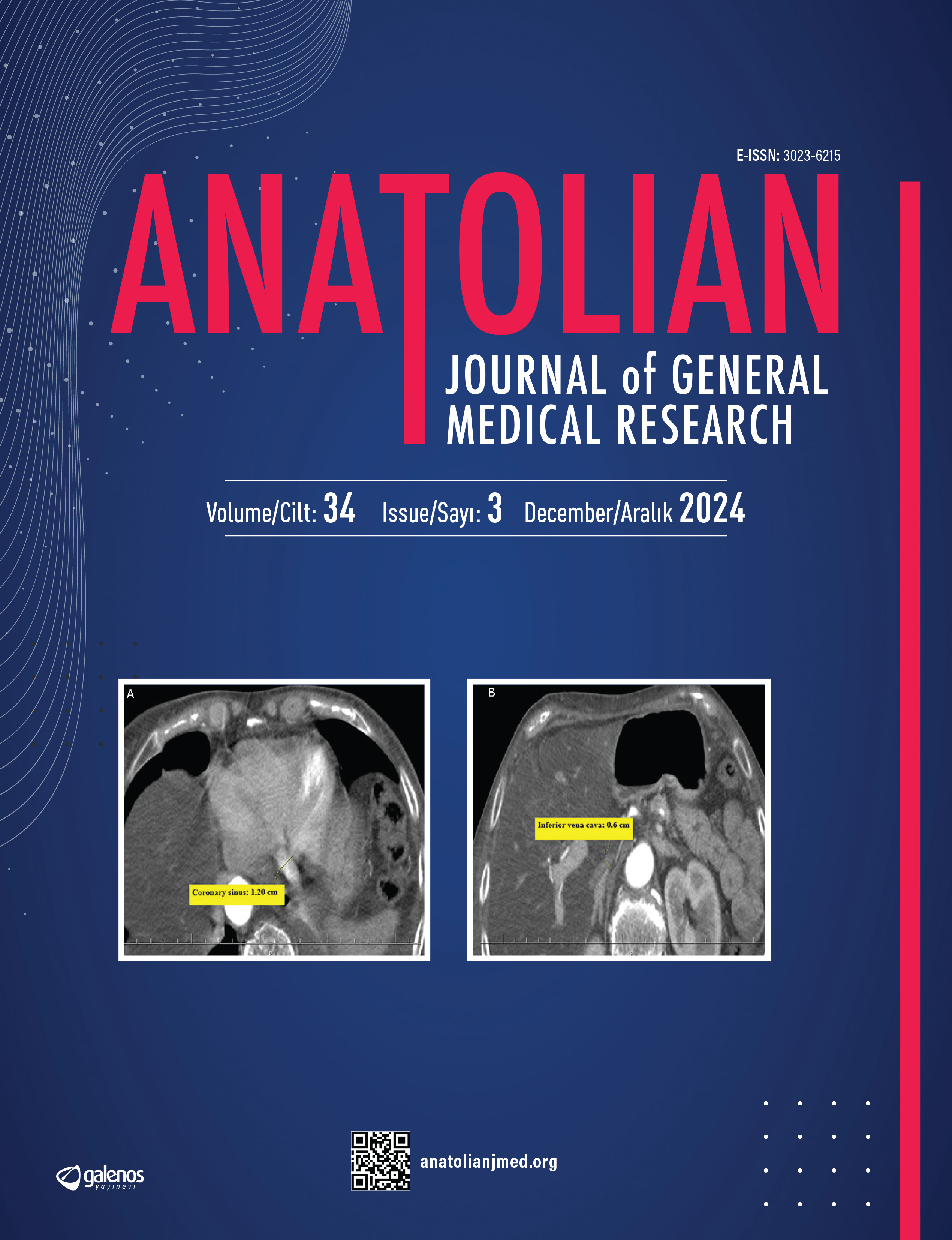








Is Bladder Outlet Obstruction Diagnosis with Uroflow Parameters Without Urodynamics?
Mehmet Yoldaş, Mehmet Zeynel KeskinUniversity of Health Sciences Turkey, İzmir Tepecik Education and Research Hospital, Clinic of Urology, İzmir, TurkeyObjective: We have tried to define bladder outlet obstruction without urodynamics, by examining the uroflowmetry parameter (time to start voiding after the command, time between start voiding and maximum flow, maximum urinary flow, mean urinary flow, voiding time, voiding volume, postvoid residual urine volume).
Methods: In our study, group 1 patients who were diagnosed with bladder outlet obstruction and received surgical or medical treatment, and group 2 patients with an underactive bladder, which was the cause of surgical treatment failure, were compared in terms of uroflow parameters. Results: Ninety-nine patients in group 1, 105 patients in groups 2. Mean and maximum flow value are similer between the two groups (p=0.091 p=0.387 repectively) however, total voiding time, time to reach the maximum urinary flow rate and voided volume showed statistically significant difference between the two groups (p<0.001). Bladder outlate ostrction patients can be diagnosed with at least 95% sensitivity and 88% specificity.
Conclusion: Bladder outlet obstruction can be diagnosed without urodynamics by uroflowmetry parameters.
Manuscript Language: English
(615 downloaded)




